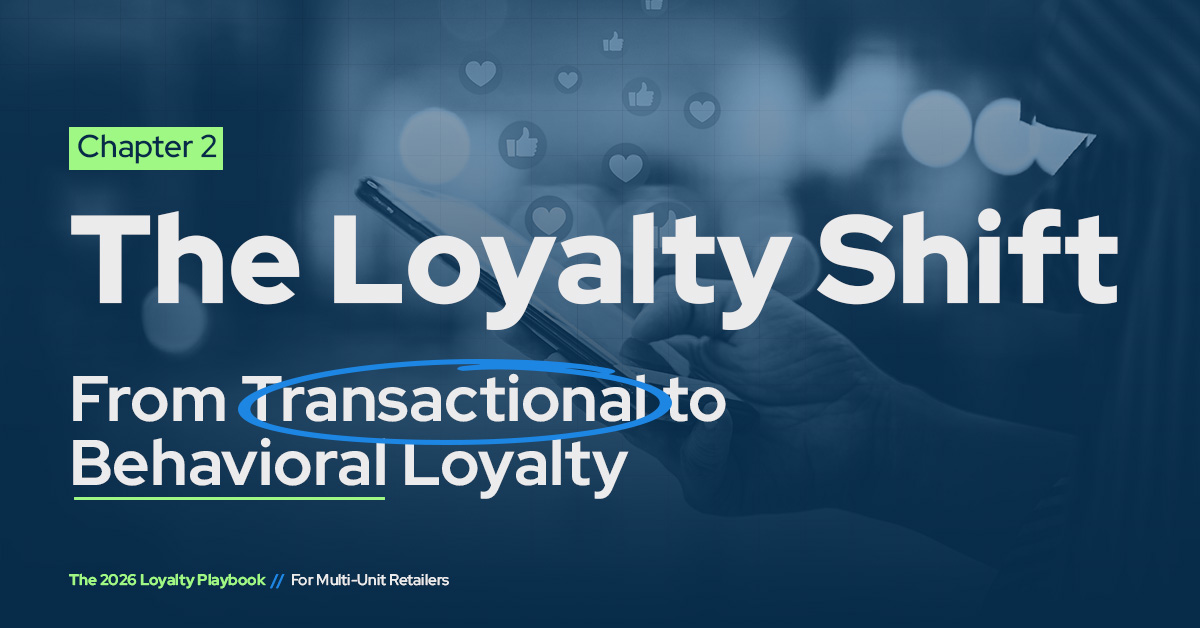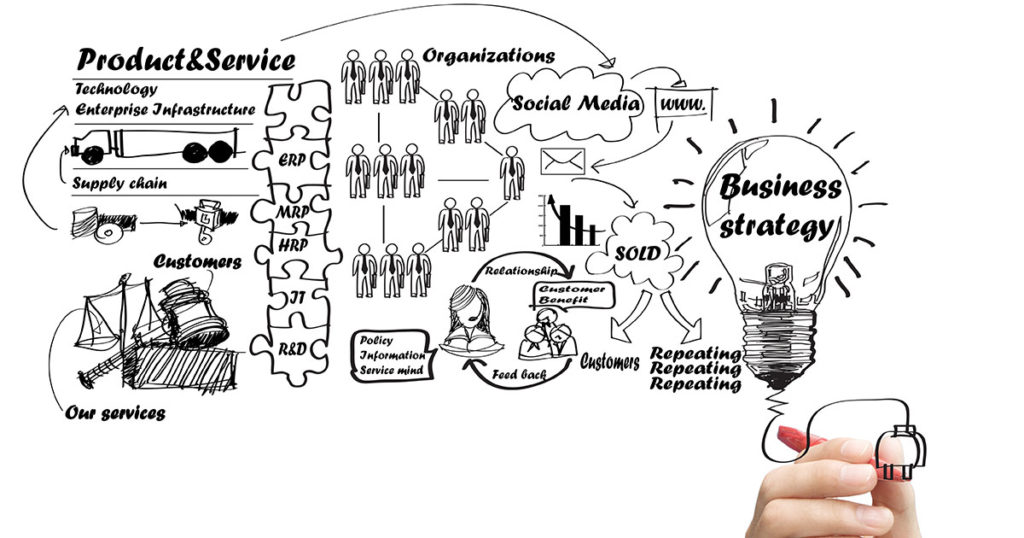The loyalty landscape isn’t just evolving—it’s undergoing a structural transformation. Today’s consumers are empowered, informed, and driven by experience as much as by value. They expect brands to not only recognize their purchases but also understand their preferences, anticipate their needs, and reward them for the full spectrum of their engagement.
Discounts and points-based systems still matter, but they’re only one piece of a larger loyalty equation. The new competitive advantage lies in behavioral loyalty. True value now comes from convenience, personalization, and meaningful connection. It’s the model that turns every customer action into a meaningful data point and every interaction into an opportunity to strengthen the relationship.
The Limitations of Transactional Loyalty
For years, traditional loyalty programs followed a familiar script: buy more, earn more. It was an effective model for driving repeat purchases in a world where brand choices were limited and customer data was scarce. But in today’s hyper-connected environment where switching costs are minimal and customer expectations are sky-high, transactional models look backward. They reward what’s already happened: a purchase, a click, a redemption. But customers’ loyalty isn’t formed in hindsight; it’s built through consistent, forward-looking engagement.
As McKinsey notes, companies that fail to evolve their loyalty strategies risk leaving significant customer lifetime value on the table. The opportunity lies not in counting points but in understanding people.
Defining Behavioral Loyalty
Behavioral loyalty recognizes that a customer’s relationship with your brand extends beyond the checkout line. Every digital and physical interaction from app opens, web sessions, reviews, referrals, to even passive browsing tells a story about intent, advocacy, and emotional connection.
These actions are the signals that power next-generation loyalty programs. As Forrester highlights, loyalty programs that recognize and reward this broader set of behaviors create stronger, more resilient customer relationships. Customers become emotionally invested, not just economically incentivized.
The Data Engine Behind Behavioral Loyalty
The foundation of behavioral loyalty is data intelligence. It’s the ability to unify behavioral, transactional, and emotional signals across channels to paint a complete picture of the customer. By capturing signals across digital and physical touchpoints, brands can identify not only who their best customers are, but also how they interact and what motivates them.
With Salesforce Marketing Cloud and connected paid media ecosystems, brands can activate that intelligence in real time:
- Integrate CRM and loyalty data to reveal the “why” behind the “what.”
- Leverage AI and predictive modeling to anticipate customer needs and recommend next-best actions.
- Connect paid media to CRM signals to re-engage high-value audiences with personalized offers, extending loyalty beyond the inbox.
- Reward cross-channel engagement, not just spend—turning interactions into measurable growth.
As Harvard Business Review reports, organizations that operationalize behavioral data see up to 2x higher retention rates and significant increases in customer lifetime value.
At Response Labs, we partner with brands to design loyalty strategies that integrate these behavioral insights into CRM and marketing automation platforms. Our approach ensures loyalty isn’t siloed within a platform, it’s embedded across every customer touchpoint.
From Rewards to Relationships
Behavioral loyalty requires a mindset shift. It’s not about adding a new rewards tier or tweaking a points structure; it’s about redefining what loyalty means for your brand.
“The brands that win in the next decade will be those that stop treating loyalty as a punch card and start treating it as a relationship,” says Andy Locke, Director of Strategy and Data at Response Labs. “Loyalty is no longer about rewarding the past—it’s about shaping the future of customer engagement.”
Evolving from transactional to behavioral loyalty isn’t a nice-to-have; it’s the new baseline for sustainable growth. By leveraging data, rewarding engagement, and building emotional connections, brands can move beyond discounts to create loyalty programs that drive advocacy and long-term growth.
Discover more in The Loyalty Playbook by revisiting Chapter 1 to learn why loyalty is your most valuable asset. Then, move to Chapter 3 for insights on how your CRM becomes a growth engine.
If you’re ready to transform your loyalty program into a true growth program, we’re here to help. Contact us today to talk about how to get started.




